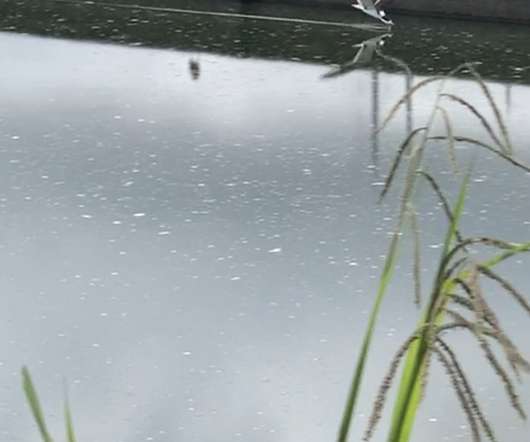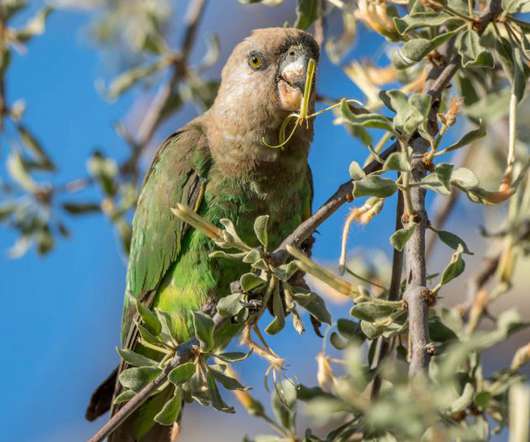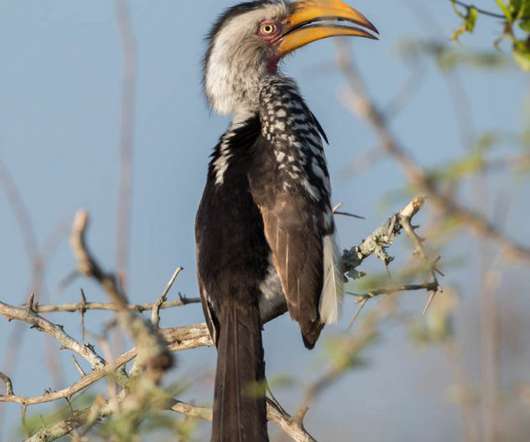The Fallen Yellowlegs
10,000 Birds
OCTOBER 26, 2022
Elephants, peccaries, and corvids have all been documented processing the death of (as we put it) a loved one. Or was it all dumb luck, the randomness of nature at play, pure coincidence? Animals obviously see death and experience it as we do, so the question is not one of if, but of how.














Let's personalize your content